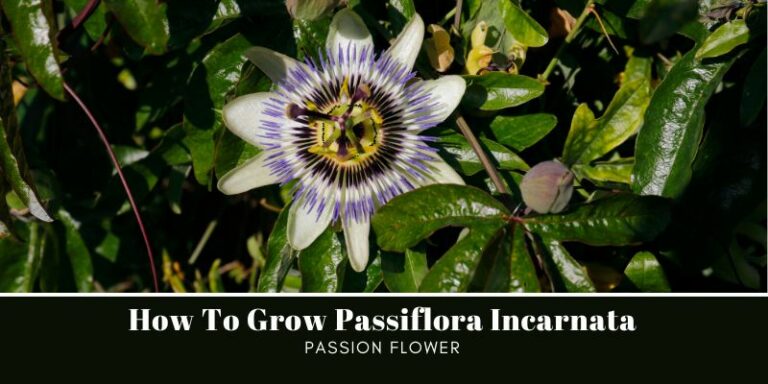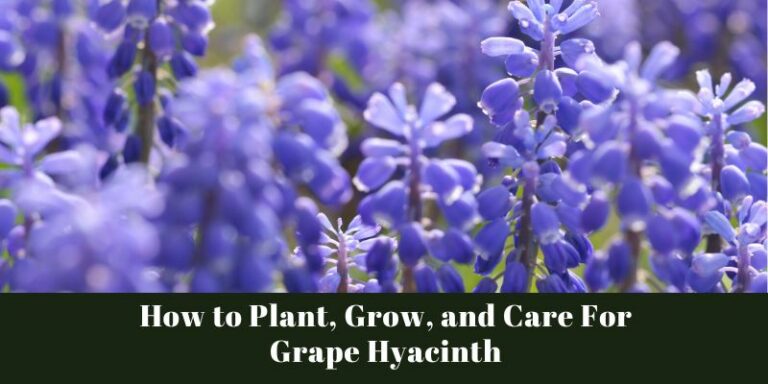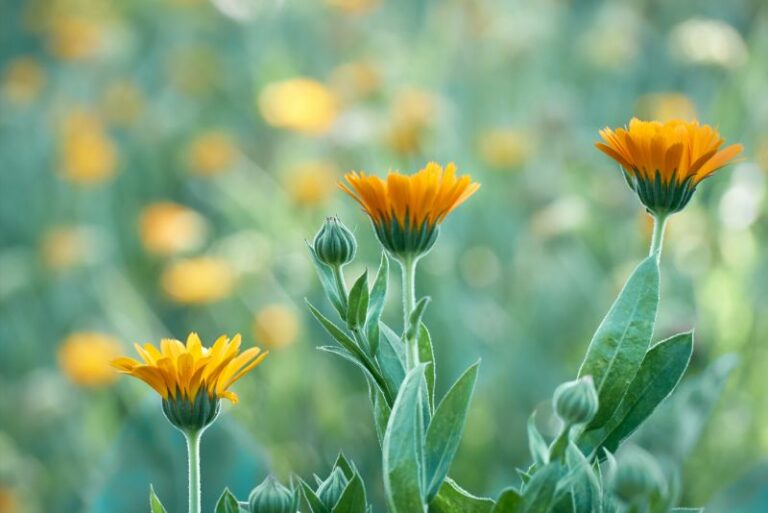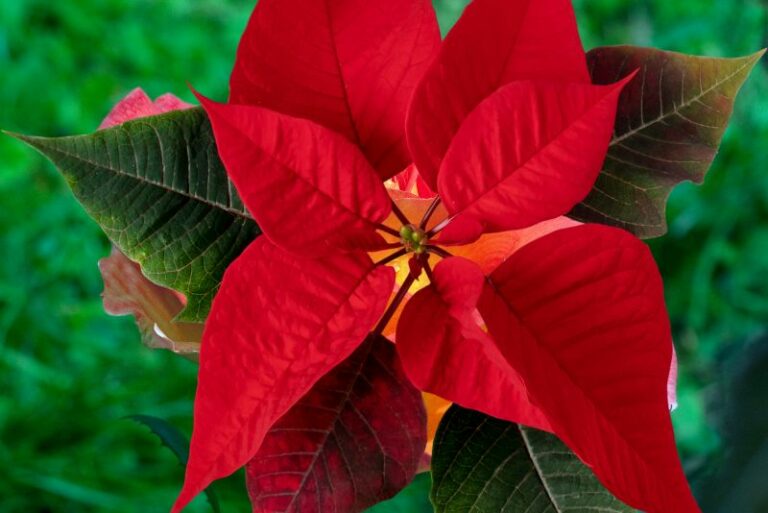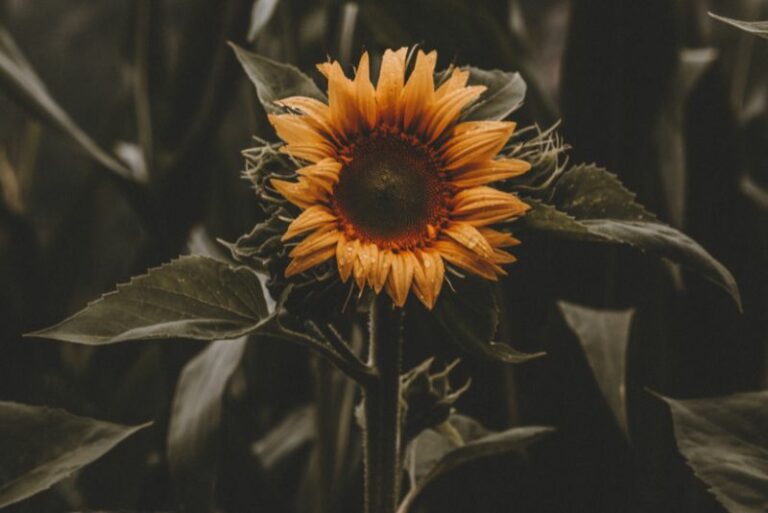Exploring Hellebore Black Death in Gardening
Gardening is an art of nurturing life, but like any artist, gardeners are constantly challenged by the unseen specter of disease. One such enigma is the Hellebore Black Death. This mysterious affliction, with its ominous name, doesn’t just threaten the health of Hellebore plants but stirs a wider curiosity about plant pathology in the hearts of gardeners and botany enthusiasts. In this article, we’ll shed light on what exactly is Hellebore Black Death, how it impacts Hellebores, and what you can do to prevent and manage it.
Understanding Hellebore Black Death

What is Hellebore Black Death?
Hellebore Black Death, scientifically known as Hellebore Black Spot, is a fungal disease caused by the pathogen Microsphaeropsis hellebori. This disease gets its name from the disc-like black spots that appear on infected Hellebore leaves, often leading to defoliation. It is most commonly seen in Lenten roses (Helleborus orientalis) and Christmas roses (Helleborus niger).
Also Read: How to Identify and Control Hellebore Pests
The Impact and Telltale Signs
The impact of Hellebore Black Death can be severe. Affected plants might show decline in health and, if left uncontrolled, can even die. The first signs are the development of small dark spots on the upper and lower leaf surfaces, which gradually enlarge and eventually cover the entire leaf. Over time, the infection can spread to stems and flower buds, causing their premature death. It’s crucial for gardeners to recognize these symptoms early on to take immediate action.
Prevention and Treatment
Best Practices to Prevent Hellebore Black Death
Prevention is always the best cure, and this holds true for Hellebore Black Death. Adequate air circulation, proper watering practices, and maintaining a balanced garden ecosystem are your first lines of defense. Avoid overhead watering to prevent the spread of fungal spores. Ensure your Hellebores have well-drained soil, and consider the distance between plants when planting to foster air movement.
Effective Treatment Methods for Infected Plants
If your Hellebores do succumb to the black plague, swift and decisive action is necessary. Remove and destroy any affected plant material – yes, including leaves and flowers. Do this carefully to avoid dispersing the fungal spores. You can apply a fungicide labeled for use on ornamental plants, which can help protect uninfected parts from infection. Be sure to follow the manufacturer’s instructions for safe and effective application.
Gardening Tips for Hellebore Health
Maintaining Healthy Hellebore Practices
Caring for Hellebores is an ongoing process. Regularly inspect your plants for any signs of illness or stress, especially during periods of high humidity. Ensure they’re receiving the proper nutrients and consider fertilizing your Hellebores in early spring with a balanced organic fertilizer. Remember to always deadhead fading blooms to preserve plant energy and encourage new growth.
Companion Planting and Soil Management
Companion planting can be a strategic tool in your arsenal against Hellebore Black Death. Planting Hellebores alongside other species that naturally repel pests and diseases can provide added protection.
Maintaining soil pH between 6.5-7.0 is ideal for Hellebores. If your soil is too acidic or alkaline, amend it with organic matter like compost or well-rotted manure. Healthy soil equals healthy plants, and Hellebores are no exception.
Case Studies in Managing Hellebore Black Death
Real-life Examples of Vigilance
Real-world examples of managing Hellebore Black Death can offer valuable insight. Some gardeners have successfully combated this disease by implementing regular cleaning of garden tools, practicing crop rotation, and applying natural fungicides derived from neem oil or copper.
Continuous vigilance and immediate action upon detecting signs of Hellebore Black Death have proven successful in controlling outbreaks. Remember to quarantine any suspect plant to avoid spreading the disease to healthy specimens and to protect other plants in your garden.
Conclusion: The Hellebore Health Code
In conclusion, Hellebore Black Death is not a harbinger of doom but a call to a higher level of plant care. By staying informed and proactive, gardeners can shield their Hellebores against this and many other plant diseases. It’s about creating a balanced and resilient garden ecosystem where diseases have little opportunity to thrive. Vigilance is key, and the healthy vibrancy of your Hellebores will reward you with its enduring beauty year after year. Start your battle against Hellebore Black Death with knowledge, and you’ll be well-equipped to keep your garden in blooming health.


